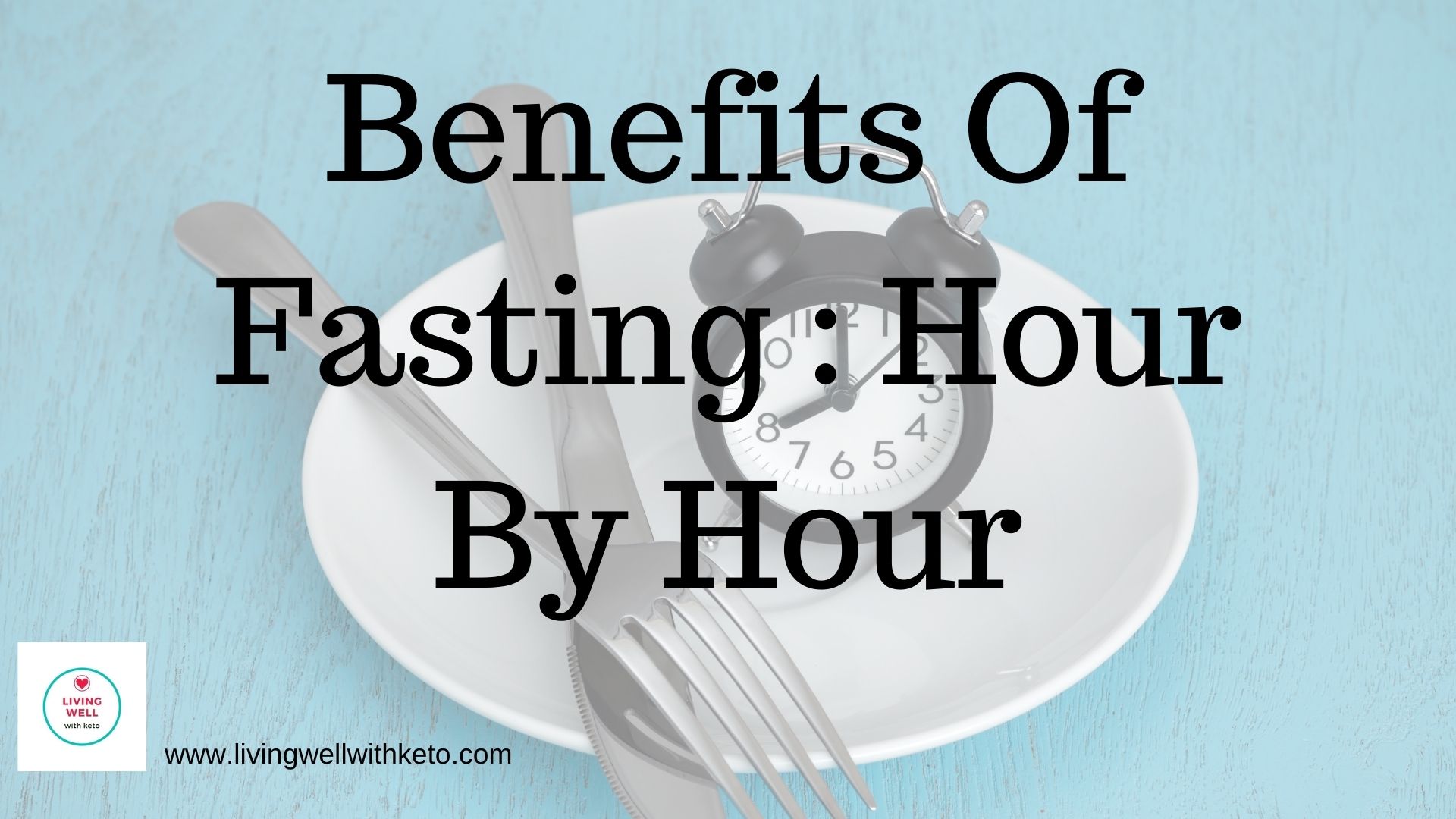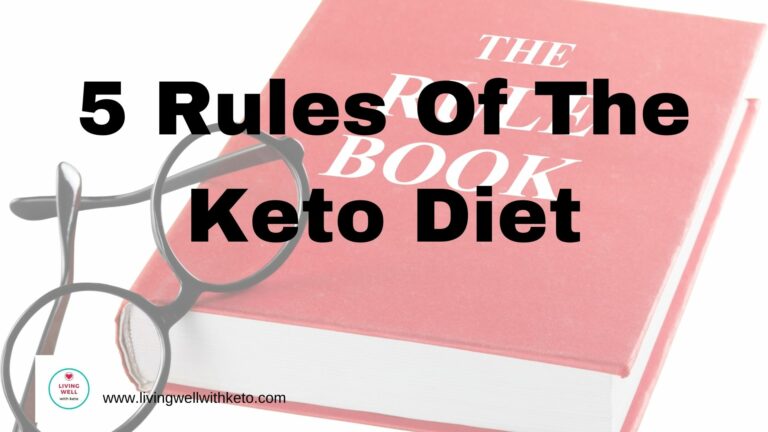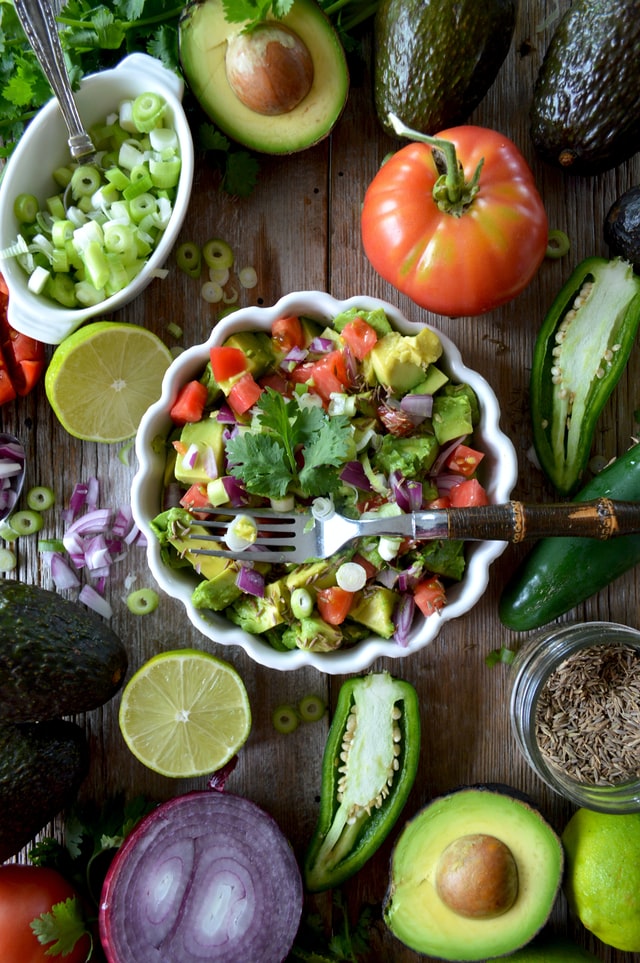There are 5 of rules of the keto diet that will enable you to start on your keto diet plan today. Follow these main rules, and you’ll have your new healthy eating regime working for you in no time at all.
Obviously, there are small tweaks and tips that can make your keto journey more geared to your individual needs, but these rules will ensure that you don’t make any of the rookie mistakes when you’re first starting.
If you’re brand new to keto see here for details about how the keto diet actually works. You’ll also see that there’s a wealth of solid science to back up the keto claims.
However, if you already know the theory, and want to get going as soon as possible, go ahead and read the rules below.
Keto rule 1:Reduce your total daily carbohydrates.
The keto diet is based on seriously reducing your carbohydrates. You’ll need to consume no more than 20g net carbs each day.
If you’re currently eating the Standard American Diet, you’ll be more used to consuming 42% of your daily intake as carbs. (1)
This is way too much and is the major reason for the obesity and type 2 diabetes epidemic that is growing all the time.
On one the many benefits of the keto diet is its ability to help you to lose weight fast and to completely reverse type 2 diabetes.
If you have one of these conditions, you’ll be seeing major health benefits in just a few weeks after limiting your carbs.
Of course, not all carbs are bad for you. The ones to avoid are the simple carbs. These offer nothing in the way of nutrition but are very bad for your health.
Not least is the fact that simple carbs will cause dangerous chronic inflammation. This condition is at the root of a very long list of unpleasant conditions such as:
- Rheumatoid arthritis
- Inflammatory Bowel Disease such as Ulcerative Colitis and Crohn’s Disease
- Diabetes
- Psoriasis
- Some cancers
- Neurodegenerative disease such as Alzheimer and Parkinson Disease
- Lupus
Further, a diet high in carbs is the single biggest cause of obesity, which in itself will leave you at risk of numerous health problems.
For more details of which carbs to eat, and which to walk away from see here and here.
Keto Rule 2 : Eat plenty of healthy fats
The keto diet requires you to eat at least 70% of your daily intake in the form of healthy fats.
If the thought of eating so much fat leaves you in fear for your heart, read here to learn more about why you shouldn’t fear saturated fats.
As long as you eat only natural, unprocessed healthy fats you’ll be on the path to reaching all your health goals. Examples of healthy fats include:
- Olive Oil
- Lard
- Butter
- Ghee
- Cheese
- Full Fat Cream
Importantly, some fats should never be eaten and these include margarine and seed oils.
These can be toxic and should not form part of your keto diet.
Be aware that unhealthy seed oils are in many ready-made foods and sauces. Avoid these foods and aim to eat only single ingredient foods wherever possible.
At the very least, look out for the bad oils which will be listed as Partially hydrogenated vegetable oils.
If you’re having a problem getting enough healthy fat into your diet, you could add MCT Oil.
This is a super healthy oil that helps to get you into ketosis as well as having many cognitive benefits.
Keto rule 3 : Eat moderate amounts of protein each day.
The rule here is moderate amounts of protein. The keto diet is not a high protein diet, and this is a mistake that’s sometimes made when first starting.
The recommended daily amount is 0.36 grams of protein per pound (0.8 grams per kg) of body weight.
This comes out to 56 grams per day for the average sedentary man and 46 grams per day for the average sedentary woman.
There is no need to go above these recommended levels of daily protein
Your protein can come from meat, fish, eggs, nuts or dairy. Most of these foods are very low or zero carb foods that you can enjoy every day.
However, take care with protein foods that also contain carbs such as nuts.
Good keto protein sources include:
- All meat
- All fish, especially healthy fatty fish
- Eggs
- Cheese, especially hard cheeses which tend to be lower carb
- Tofu
Keto rule 4 : Eat only low carb vegetables
It’s often thought that the keto diet will leave you short of vegetables.
However, if you don’t waste your carb allowance on bad-for-you carbs such as bread or baked foods, you can certainly enjoy vegetables while following the keto rules.
You’ll need to make sure that you’re only eating low carb vegetables. These are the above ground veggies that will provide you with all the vitamins and minerals that will keep you healthy.
Some favourite veggies for keto dieters are:
- Cauliflower
- Broccoli
- Avocado
- Zuccini
- Asparagus
- Olives
- Tomatoes
By only including the above ground vegetables, you’ll be able to keep within the daily 20g net carbs.
Remember that fiber doesn’t count, so if the total carb count is high, you can subtract fiber grams to get to net grams.
In this way, some items such as cauliflower will be much lower in allowed net carbs that it would seem at first look.
Vegetables will help you to ensure that your keto diet is able to reach all your nutritional needs.
Keto rule 5 : Intermittent fasting
Intermittent fasting is widely practiced, and certainly isn’t only useful when following the keto diet.
However, by including intermittent fasting into your keto lifestyle, you’ll be super boosting your keto benefits.
If fasting sounds scary, Intermittent fasting can be for as short a period as 12 hours. This can be achieved by simply missing out on breakfast, and eating for the first time at lunchtime.
Another popular option is the 16/8 intermittent fast. This is achieved by eating for only 8 hours each day, and fasting for the other 16.
People who follow this pattern of fasting normally eat an evening meal at about 8pm. They will then fast until at least 12 noon the following day, when they break the fast with lunch.
In this way, a 16-hour fast is achieved by only missing one meal, and many people find this very easy to do.
Moreover, by practicing intermittent fasting you’ll be triggering the healthy process of autophagy. This is natures way of spring cleaning damaged or aged cells, and replacing them with new ones.
For full details of autophagy, and the benefits for your health read here.
In summary:
The keto diet is not as difficult to follow as it may seem at first glance.
Once you know the 5 rules of the keto diet, you’ll be able to start without making the normal beginner mistakes.
Obviously, these 5 rules of keto are simply the main ones but they are the only ones you’ll need to be able to make a success of your new diet.
As you become more familiar with the keto diet, there are a few things that you can do to make the plan more suited for your own personal needs.
However, follow these rules and you’ll be off to a great start.










